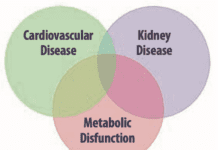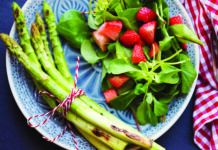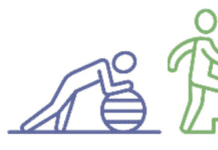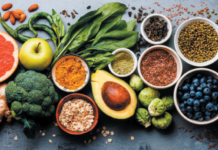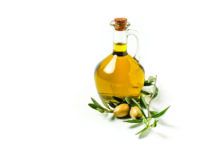Home Search
Nutrition - search results
If you're not happy with the results, please do another search
Are AGEs in Your Food Aging You? Cook low, slow and moist to reduce...
Could poaching that chicken breast instead of broiling it help reduce your risk of heart disease and diabetes? Does how you prepare tonights pot roast really affect your arthritis symptoms or the dangerous complications of diabetes? And can opting for a homemade salad rather than a takeout burger and fries actually protect against the effects of aging?
The Heat Is on Red Meat Does new research mean farewell to steak and...
hanksgiving is the only American holiday not traditionally associated with eating red meat. But Turkey Day may be a trendsetter if the current onslaught of negative news about the health effects of red and processed meats continues: July 4th grilled fish… Labor Day roast chicken… Christmas tofu…
New Heart Trials Put Omega-3s to the Test
What are heart patients to make of two new clinical trials of the omega-3 fatty acids found in fish oil? In one study, patients with early heart failure showed signifcant improve- ments on several markers of cardiovascular health when taking omega-3 supplements, compared to a placebo. But a Dutch clinical trial of heart-attack survivors failed to find any protection against second heart attacks from margarine enriched with omega-3s.
Experts Boost Vitamin D Recommendations-But Only a Little
A n expert committee of the Institute of Medicine (IOM), which sets recommended daily levels for nu- trients, says children and adults under age 71 need 600 IU of vitamin D daily, while older adults need 800 IU. Thats an increase from levels set in 1997, which ranged from 200-600 IU daily, and from the 400 IU used in nutrition labels on food.
Vitamins E and C Disappoint in Cataract Prevention
T he longest placebo-controlled trial to date to test whether antioxidant vitamins reduce the risk of cataracts has failed to fnd such a beneft for the supplements. Because oxidative damage is a prominent feature of cataracts, one focus of nutrition research has been the link between dietary intake of nutrients with antioxidant potential, particularly vitamins E and C, and the risk of cataract, explained William G. Christen, ScD, of Brigham and Womens Hospital and Harvard Medical School, and col- leagues, writing in Archives of Ophthalmology.
Mediterranean-Style Diet Linked to Slower Mental Decline
Heres more evidence that eating like a Mediterranean might help protect your aging brain: In a new study comparing the eating habits and mental abilities of nearly 3,800 older Chicagoans, those who stuck most closely to a Mediterranean-style diet pattern saw a slower rate of cognitive decline with aging. People who ate most like Mediterraneans had brains that functioned as if they were several years younger
People Who Eat More Produce Less Likely to Die of Heart Disease
Eating just one more serving of fruits or vegetables daily cut the risk of dying from heart disease by 4% in an observational study of more than 300,000 Europeans in 10 countries. And people who ate the most produce-eight or more daily portions-were 22% less likely to die of heart disease than those eating two or fewer daily portions of fruits and vegetables
European Study Finds No Extra Bladder-Cancer Risk for Meat Eaters
In a rare bit of good news for red-meat lovers, a study of nearly a half-million people from 10 European countries has found no link between eating red or processed meat and risk of bladder cancer
Findings Cast Doubt on Glycemic-Index Appetite Effects
Fad diets have touted using the glycemic index (GI)-a measure of how quickly a food boosts blood sugar-as a magic bullet for targeting weight loss. But science keeps finding that the facts are more complicated
Learning to Love Lentils
Break out beyond beans with our complete guide to these little nutrition standouts. Lentils are the dried seeds of a type of legume. They have long been valued for the healthy vegetable protein they provide, as well as their fiber, folate, iron and potassium content. There are a number of different types of lentils, each with slightly different cooking characteristics, and myriad ways to use them



